Cooking with the right oil can make a significant difference in both the taste and health benefits of your meals. With so many options available, including olive, avocado, canola, coconut, and more, it’s essential to understand the unique properties of each type to maximize their potential in your culinary adventures.
In this blog post, we will explore the best uses for different types of cooking oils based on their smoke points, nutritional value, and flavor profiles.
Different types of cooking oils include vegetable oils (such as olive, canola, sunflower, safflower, and soybean), nut and seed oils (like peanut, sesame, and walnut), and animal-based oils (including lard, butter, and ghee).
Vegetable oils are versatile and offer a wide range of cooking applications. They provide numerous health benefits, such as being heart-healthy due to their monounsaturated fat content. Here are some popular vegetable oils and their best uses in the kitchen:
1. Olive oil – Ideal for low-heat cooking, drizzling over salads, and dipping bread.
– Offers heart-healthy monounsaturated fats
– Rich in antioxidants and vitamin E
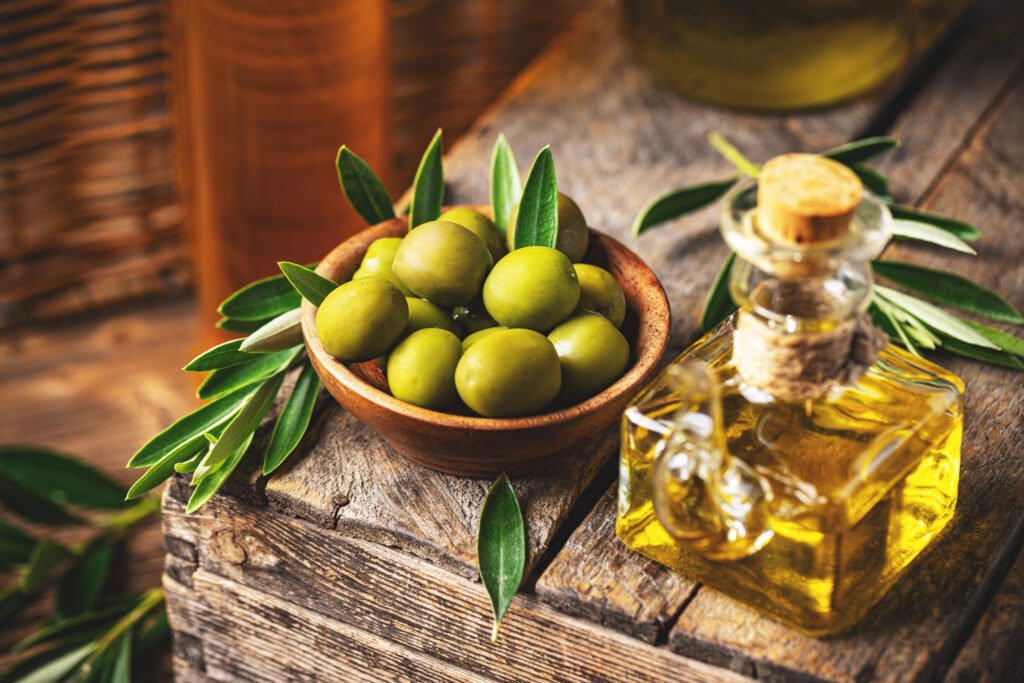
2. Canola oil – Great for high-heat cooking methods like frying, sautéing, or grilling.
– Derived from the rapeseed plant
– High smoke point makes it suitable for high heat cooking
– Neutral taste does not overpower other flavors

3. Sunflower oil – Commonly used in baking and frying.
– High in vitamin E and polyunsaturated fats
– Neutral flavor enhances the taste of other ingredients
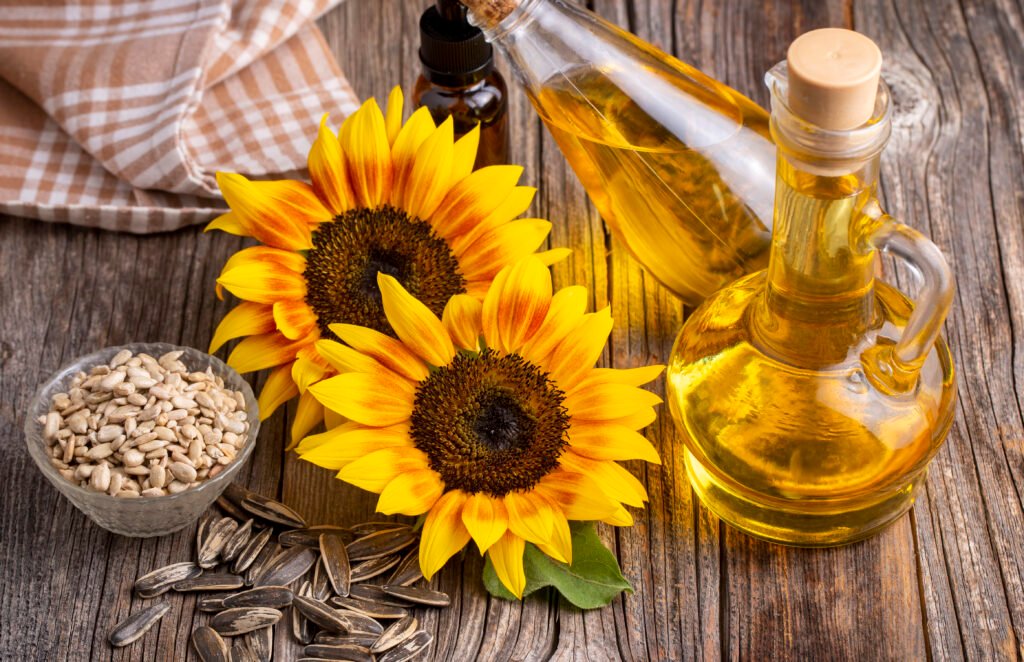
4. Safflower oil – Popular choice for salad dressings, dips, and low-heat cooking methods.
– High in omega-6 fatty acids
– Low smoke point makes it unsuitable for high-heat cooking methods
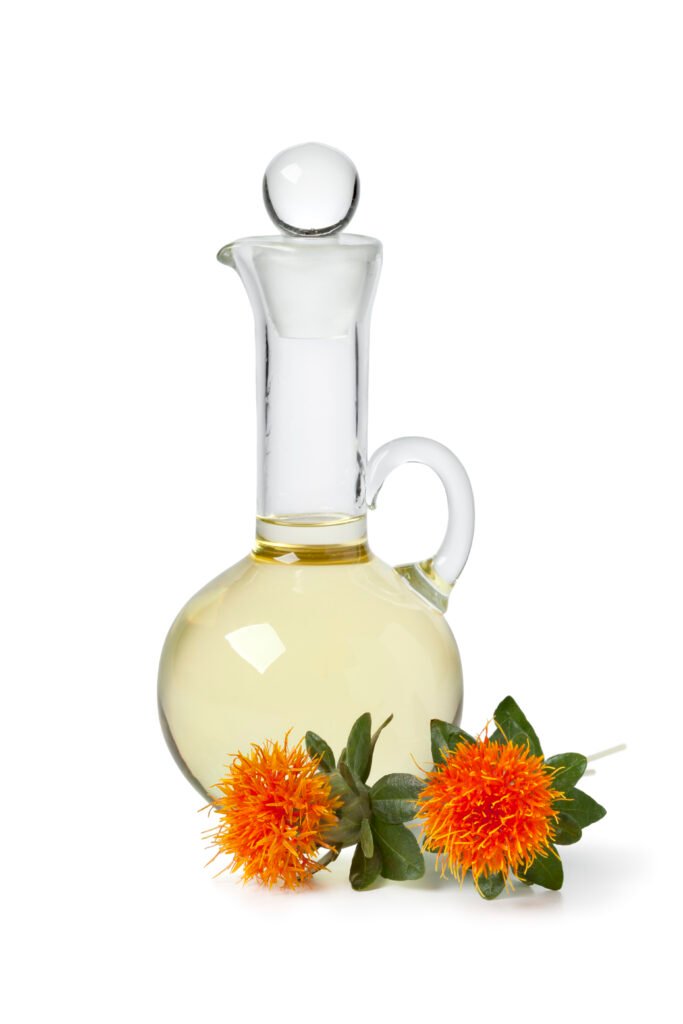
5. Soybean oil – Often used in commercial food production, deep-frying, or general-purpose cooking.
– Contains both omega-3 and omega-6 fatty acids
– Affordable option with a neutral taste
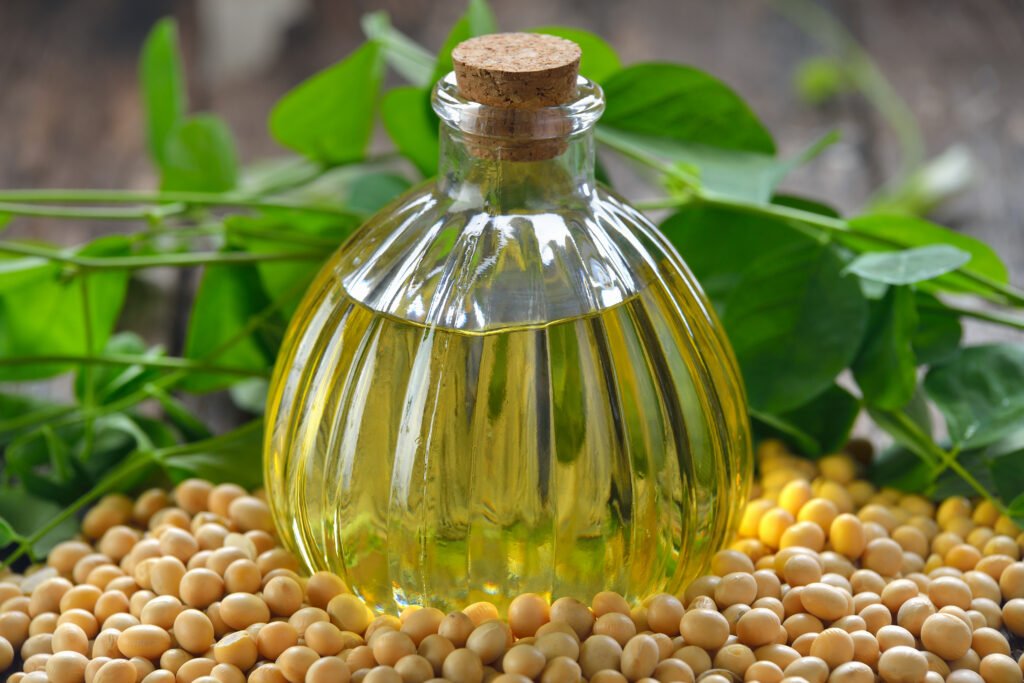
Nut and seed oils have unique flavors that can elevate any dish. Here are some of the best uses for peanut, sesame, and walnut oils:
1. Peanut oil: With a high smoke point, peanut oil is perfect for frying foods like chicken or tofu. It also adds a hint of nuttiness to stir-fries and marinades.
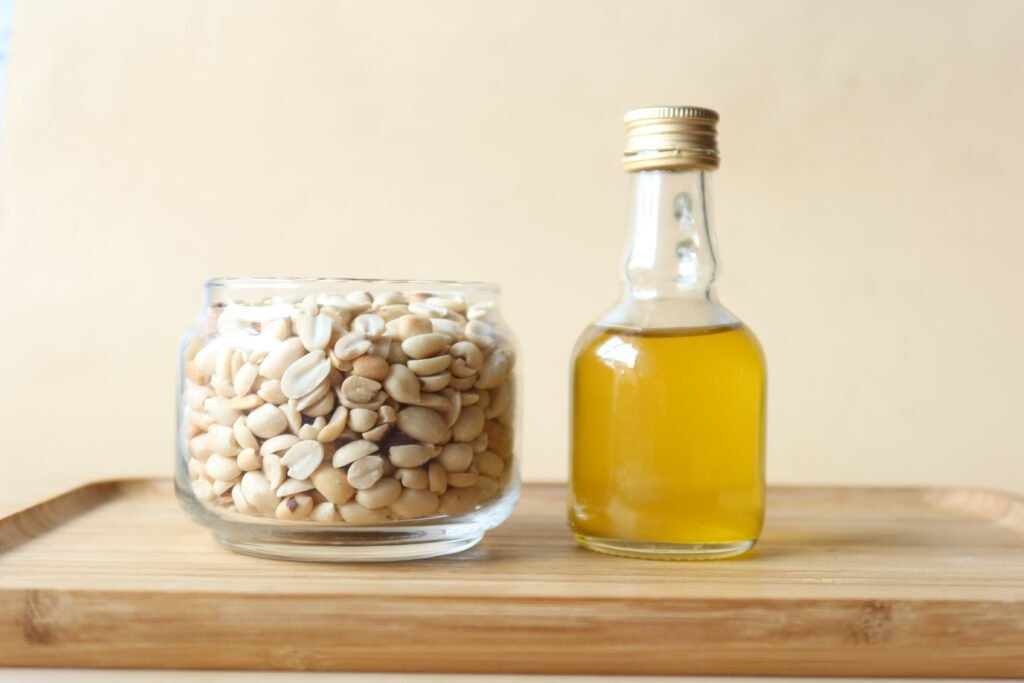
2. Sesame oil: Known for its bold, nutty flavor, sesame oil is a popular ingredient in Asian cuisine. Use it sparingly as a finishing oil on dishes like noodles or vegetables to add depth and richness.
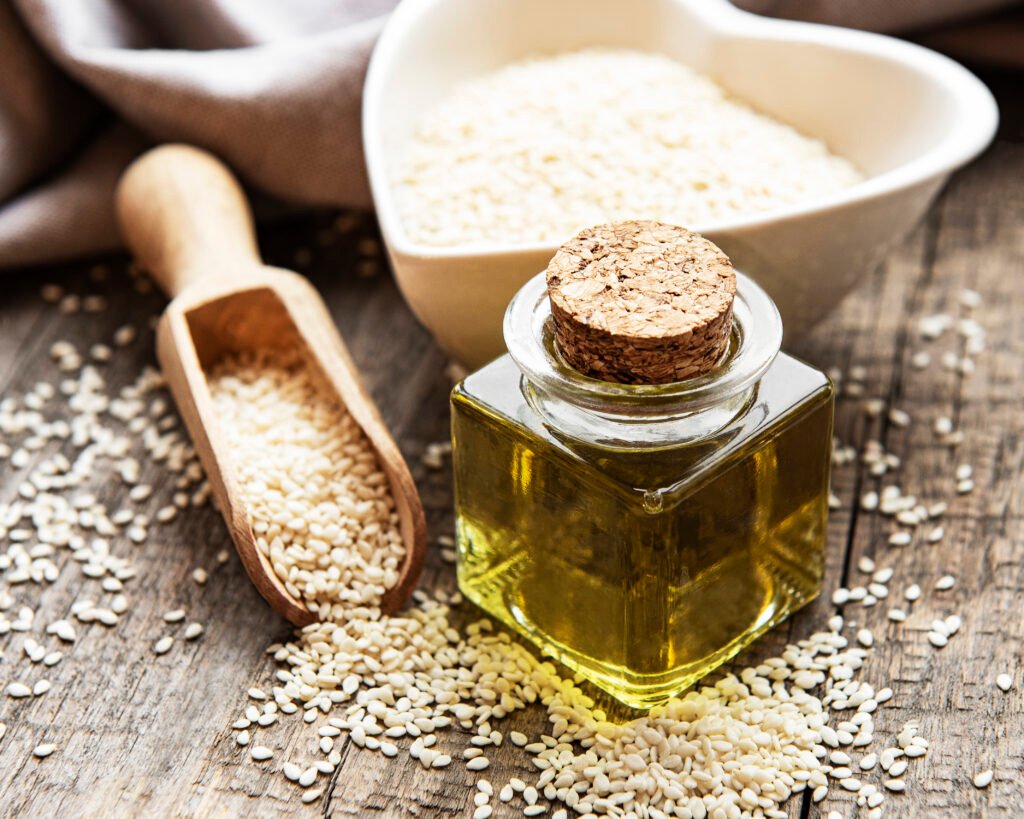
3. Walnut oil: This delicate oil is best used in salad dressings and dips as it has a low smoke point. Its rich and slightly sweet flavor pairs well with bitter greens like arugula or radicchio.
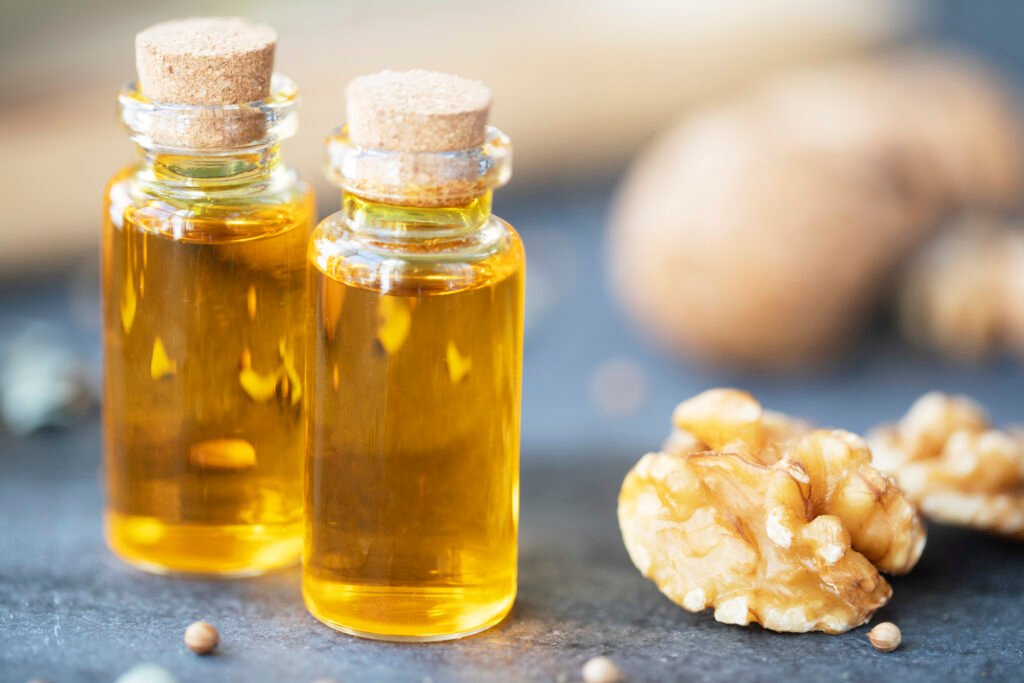
Remember to store these oils in cool, dark places to prevent them from going rancid quickly. When choosing nut and seed oils, look for unrefined options that are rich in heart-healthy fats like monounsaturated and polyunsaturated fats.
Keywords: Nut and seed oils, peanut oil, sesame oil, walnut oil, high smoke point, low smoke point, frying, Asian cuisine, salads, heart-healthy fats
Animal-based oils like lard, butter, and ghee are commonly used in cooking and have their unique flavor profiles. However, they also contain high levels of saturated fats and should be consumed in moderation.
Here are some uses for each type of animal-based oil:
1. Lard:
– Ideal for frying and baking because of its high smoke point.
– Adds a rich, savory flavor to dishes like fried chicken and pie crusts.

2. Butter:
– Best for low-heat cooking, such as sautéing vegetables or making caramel sauce.
– Adding butter to the pan when cooking can impart a sweet aroma and nutty taste to your food.
3. Ghee:
– Suitable for high heat cooking such as stir-frying or grilling due to its high smoke point.
– Provides a nutty aroma that enhances the flavors of curries, sauces, and marinades.
While these animal-based oils can add taste and texture to your dishes, it’s crucial to consume them in moderation as they are high in saturated fats that can increase cholesterol levels.

Different types of cooking oil have varying smoke points and nutritional values, making certain oils better suited for different cooking techniques such as high-heat cooking with canola or peanut oil, low-heat cooking with olive or avocado oil, baking and frying with vegetable or animal-based oils, and using flavor enhancers like sesame or olive oil.
When it comes to high-heat cooking, such as stir-frying or searing, it’s important to choose an oil with a high smoke point. The following oils are ideal for high-heat cooking:
1. Canola oil: With a smoke point of around 400°F, canola oil is suitable for high-heat cooking methods such as deep-frying and sautéing.
2. Peanut oil: Another option with a high smoke point (around 450°F), peanut oil is great for frying and stir-frying.
3. Vegetable oil: A neutral-tasting oil with a high smoke point (around 400°F), vegetable oil is versatile and can be used in many different dishes that require high heat.

It’s important to note that oils with low smoke points such as olive oil or flaxseed oil should not be used for high-heat cooking as they can release harmful compounds when heated to high temperatures. Choosing the right type of oil for the job will not only help your dish turn out better but can also keep you safe and healthy.
For low-heat cooking, it is best to use oils with a low smoke point, such as olive oil, avocado oil, and walnut oil. These oils are not recommended for high-heat cooking due to their low smoke point, but they are ideal for sautéing vegetables or frying delicate foods.
– Olive oil is a heart-healthy option that is rich in monounsaturated fats and has a fruity flavor.
– Avocado oil is high in monounsaturated fats and has a mild flavor that works well with many dishes.
– Walnut oil has a nutty flavor that complements salads and other cold dishes. It should not be used for cooking over high heat.
When using these oils for low-heat cooking, it’s important to keep an eye on the temperature and avoid exceeding their smoke point to prevent harmful compounds from forming. Additionally, these oils have a lower shelf life compared to other oils due to their unsaturated fat content, so it’s best to buy them in small bottles and store them properly to prevent rancidity.
Vegetable and animal-based oils are two types of cooking oils commonly used for baking and frying. These oils differ in their smoke points, flavor, and nutritional value. Vegetable oils such as canola oil, soybean oil, and sunflower oil are ideal for high-temperature cooking methods like frying due to their high smoke points. On the other hand, animal-based oils like lard and ghee add a distinct flavor to baked goods and fried foods. However, animal-based oils tend to be higher in saturated fats and cholesterol compared to vegetable oils.
When it comes to baking, vegetable oils with a neutral taste like canola or safflower oil work well in cakes and bread. On the other hand, nutty-flavored oils such as walnut or sesame oil are best suited for recipes that require a more robust flavor profile like muffins or quick bread.
In frying processes, vegetable oils with high smoke points like peanut or soybean oil are excellent choices because they can withstand high temperatures without burning or breaking down. Animal-based fats like butter or lard result in crispy fried food but have lower smoke points than vegetable oils.
Choosing the right type of oil for baking or frying is essential for both taste and health benefits. It is recommended to opt for healthy cooking oil options with low saturated fat content such as olive oil, avocado oil, or coconut oil when possible.
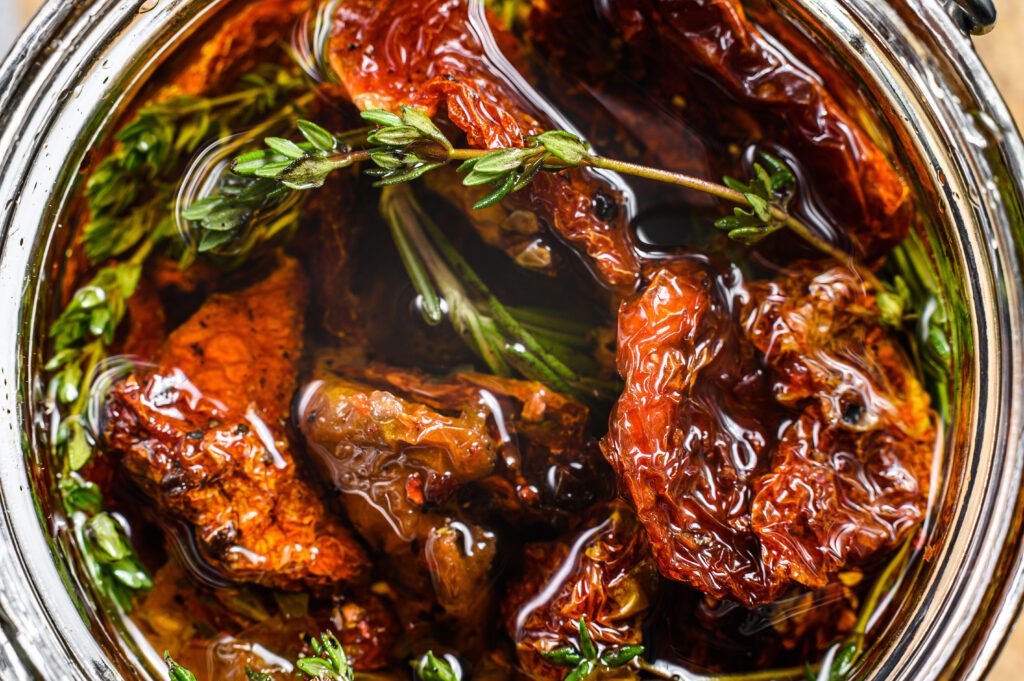
Olive oil and sesame oil are excellent flavor enhancers in cooking. Here are some ways they can be used:
1. Drizzle olive oil over salads, pasta dishes, or roasted vegetables to add flavor and healthy fats.
2. Use sesame oil to add a nutty taste to stir-fries, marinades, or dipping sauces.
3. Olive oil can also be infused with herbs or garlic for a stronger flavor profile.
4. Sesame oil is often used as a finishing oil for soups or noodle dishes.
5. A combination of olive oil and sesame oil can create a delicious dressing for Asian-style salads.
6. Roasting chicken or vegetables with a drizzle of olive oil and a sprinkle of salt can enhance the natural flavors.
7. Adding sesame oil to rice dishes or stews can bring out their richness.
8. Olive oil can even be used in baking to add moisture and flavor to cakes or bread.
Both oils have unique tastes that complement different types of foods, so it’s important to experiment and find what works best for each dish.
Different cooking oils have varying health benefits and nutritional values, such as the heart-healthy monounsaturated fats found in olive oil and avocado oil.
Monounsaturated and polyunsaturated fats are considered heart-healthy because they can help reduce bad cholesterol levels in the body. Olive oil, avocado oil, peanut oil, and nuts such as almonds and pecans contain high levels of monounsaturated fats.
Polyunsaturated fats include omega-3 and omega-6 fatty acids, which are essential for brain function and cell growth. Fatty fish like salmon, sardines, and tuna are good sources of omega-3s while vegetable oils (such as soybean oil) provide omega-6 fatty acids.
Omega-3 and omega-6 fatty acids are essential nutrients that the body needs but cannot produce on its own. These fats play crucial roles in brain function, growth, and development.
Omega-3s are found in fatty fish like salmon, as well as flaxseed, chia seeds, and walnuts. They have anti-inflammatory properties and can help reduce the risk of heart disease and stroke.
Omega-6s are found in vegetable oils like soybean oil and sunflower oil.
It’s important to maintain a healthy balance of both omega-3s and omega-6s in your diet. One way to do this is by incorporating different types of cooking oils into your meals – for example, using olive oil when cooking fish or drizzling flaxseed oil over a salad.
Cooking oils also contain important vitamins and antioxidants that can benefit our health. One of the most notable is Vitamin E, a powerful antioxidant that helps protect cells from damage caused by free radicals.
Olive oil, almond oil, and wheat germ oil are particularly rich in Vitamin E, making them great additions to your diet.
These antioxidants not only help improve heart health but may also reduce inflammation in the body. Choosing cooking oils with high levels of antioxidants can provide added nutritional value to your meals while helping protect against chronic illnesses like cancer, diabetes, and Alzheimer’s disease.
Consider flavor and smoke point when choosing a cooking oil, as well as the dish and cooking method; for healthier options, factor in health benefits and nutritional value, while keeping allergies and dietary restrictions in mind.

When choosing the right cooking oil for your dish, it’s important to consider both flavor and smoke point. The flavor of the oil can add depth and complexity to your dish, while the smoke point determines the temperature at which the oil begins to break down and release harmful compounds. Here are some tips to help you choose:
1. For dishes that require a neutral flavor, such as sautéed vegetables or stir-fries, use an oil with a mild taste like canola or vegetable oil.
2. If you’re looking for a bold flavor, try using olive oil or sesame oil in your dish.
3. When frying at high temperatures, choose an oil with a high smoke point such as peanut or avocado oil. These oils won’t break down as easily and will hold up well under heat.
4. For low-heat cooking methods like baking or sautéing over medium heat, opt for oils with lower smoke points such as olive or coconut oil.
5. Keep in mind any allergies or dietary restrictions when choosing an oil. Nut-based oils like walnut or peanut may not be suitable for those with nut allergies.
By considering both flavor and smoke point when selecting your cooking oil, you can ensure that your dishes come out delicious and healthy every time.
When choosing a cooking oil, it’s important to consider not just the smoke point and intended use but also the health benefits and nutritional value. Here are some factors to keep in mind:
– Monounsaturated and polyunsaturated fats: These are considered “healthy” fats because they can help lower LDL cholesterol levels, reduce inflammation, and improve heart health. Olive oil, avocado oil, and peanut oil are all high in monounsaturated fats, while soybean oil and sunflower oil are high in polyunsaturated fats.
– Omega-3 and omega-6 fatty acids: These essential fatty acids play a crucial role in brain function, cell growth, and immune function. Oils like flaxseed oil and walnut oil are high in omega-3s, while corn oil and soybean oil are high in omega-6s.
– Vitamin E and other antioxidants: Some oils contain vitamin E and other antioxidants that can help protect your cells from damage. For example, wheat germ oil is a good source of vitamin E.
– Saturated fats: While not all saturated fats are bad for you, it’s still important to limit your intake of them. Coconut oil is high in saturated fat but may have some health benefits due to its medium-chain triglycerides.
By taking into account these nutritional factors along with the intended use of the cooking oil, you can make an informed decision about which oils to use for different dishes.
It is important to choose the right cooking oil based on the dish and cooking method. Different oils have varying smoke points, which can affect the taste and nutritional value of the final dish. Here are some tips for choosing the right oil:
1. For high-heat cooking methods such as frying, choose oils with a high smoke point like canola or peanut oil.
2. When baking, use oils with a more neutral taste like avocado or vegetable oil to avoid overpowering the flavors of your baked goods.
3. For low-heat cooking methods like sautéing or stir-frying, use oils with a lower smoke point such as olive oil or walnut oil to retain their health benefits.
4. When making salad dressings or dips, consider using lighter tasting oils like safflower or sunflower oil to enhance the flavors of your ingredients.
5. Consider any allergies or dietary restrictions when choosing an oil and opt for alternatives like coconut oil for vegan or dairy-free dishes.
By taking into account the dish and cooking method, you can ensure that you are using the right cooking oil for optimal taste and nutrition in your meals.
It is important to consider allergies and dietary restrictions when choosing cooking oils. Here are some tips:
1. Check for common allergens: Some oils, such as peanut oil or walnut oil, may cause allergic reactions in those with nut allergies. Always read the label and be aware of any potential allergens.
2. Consider vegan and vegetarian diets: Animal-based oils like lard or butter are not suitable for those following vegan or vegetarian diets. Opt for vegetable or nut oils instead.
3. Avoid specific health conditions: Some people may need to avoid certain types of fats due to health conditions like high cholesterol or heart disease. In these cases, it’s best to consult a healthcare professional for personalized advice on oil choices.
4. Watch out for high levels of omega-6 fatty acids: While omega-6 fatty acids are an essential part of a healthy diet, excessive consumption can lead to inflammation and other health issues. Oils like corn oil or soybean oil tend to have high levels of omega-6s, so use them sparingly.
5. Look for certified organic labels: Organic oils are free from pesticides and other harmful chemicals that could exacerbate allergies or health conditions.
By being mindful of allergies and dietary restrictions, you can choose the best cooking oil for your needs while keeping yourself and your loved ones safe and healthy.
In conclusion, using the right type of cooking oil can make a huge difference in the taste and nutritional value of your dish. Whether you’re frying, baking or sautéing, there is an oil that suits your needs.
From high-heat cooking to flavor enhancers, understanding the best uses for different types of cooking oil is essential for any home cook or chef. So next time you’re at the grocery store, consider factors such as smoke point and health benefits when choosing which oil to use in your recipe.